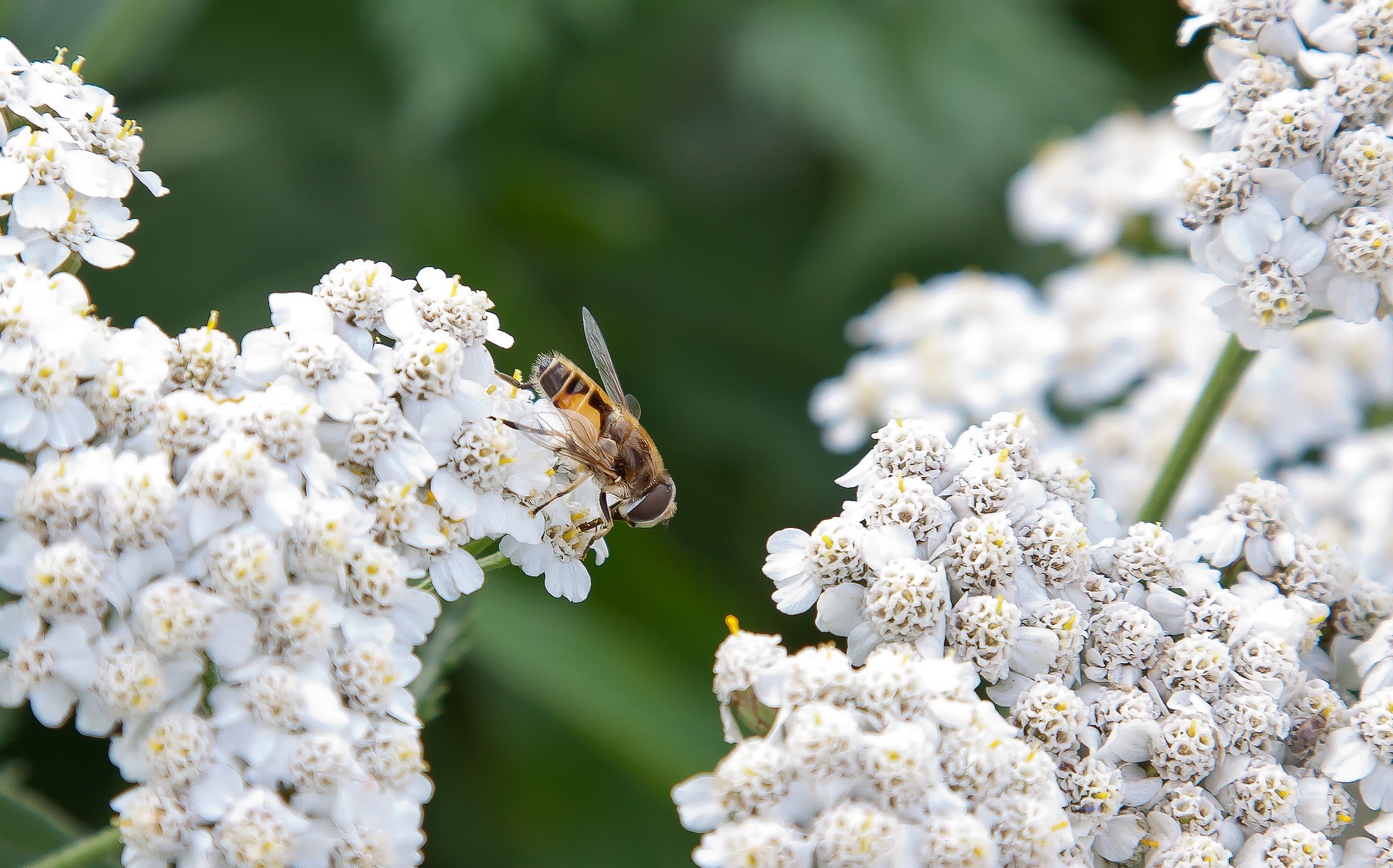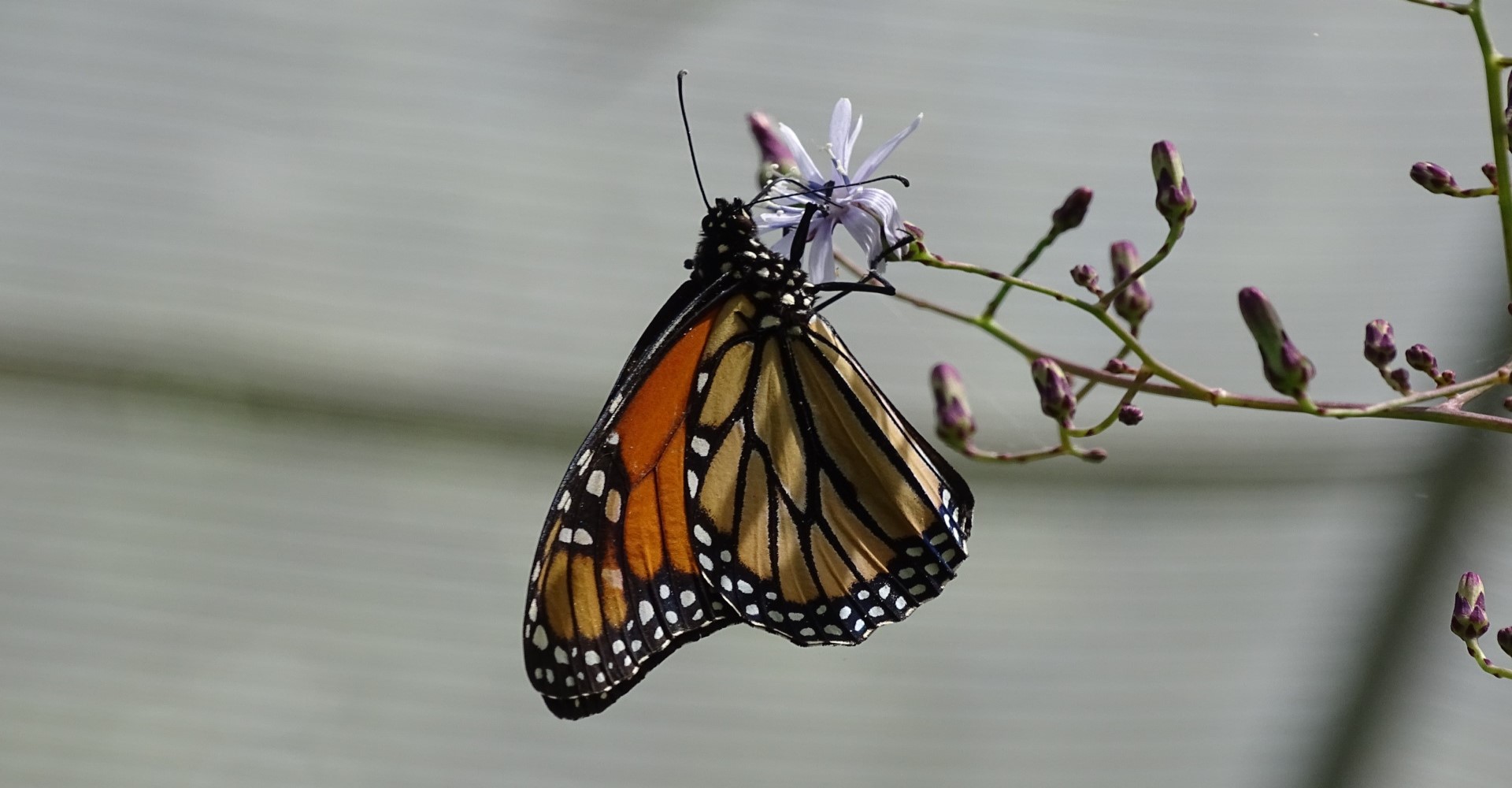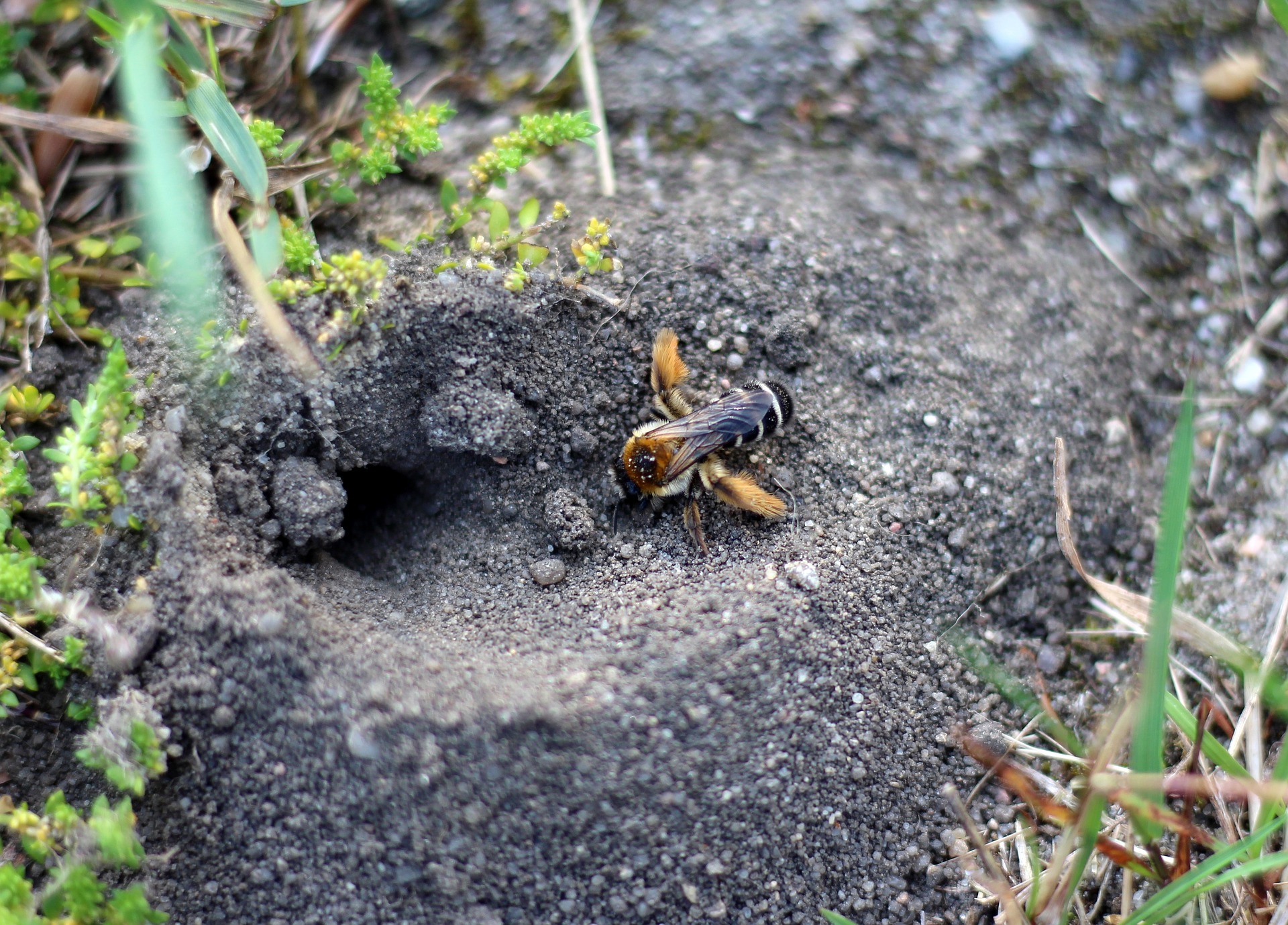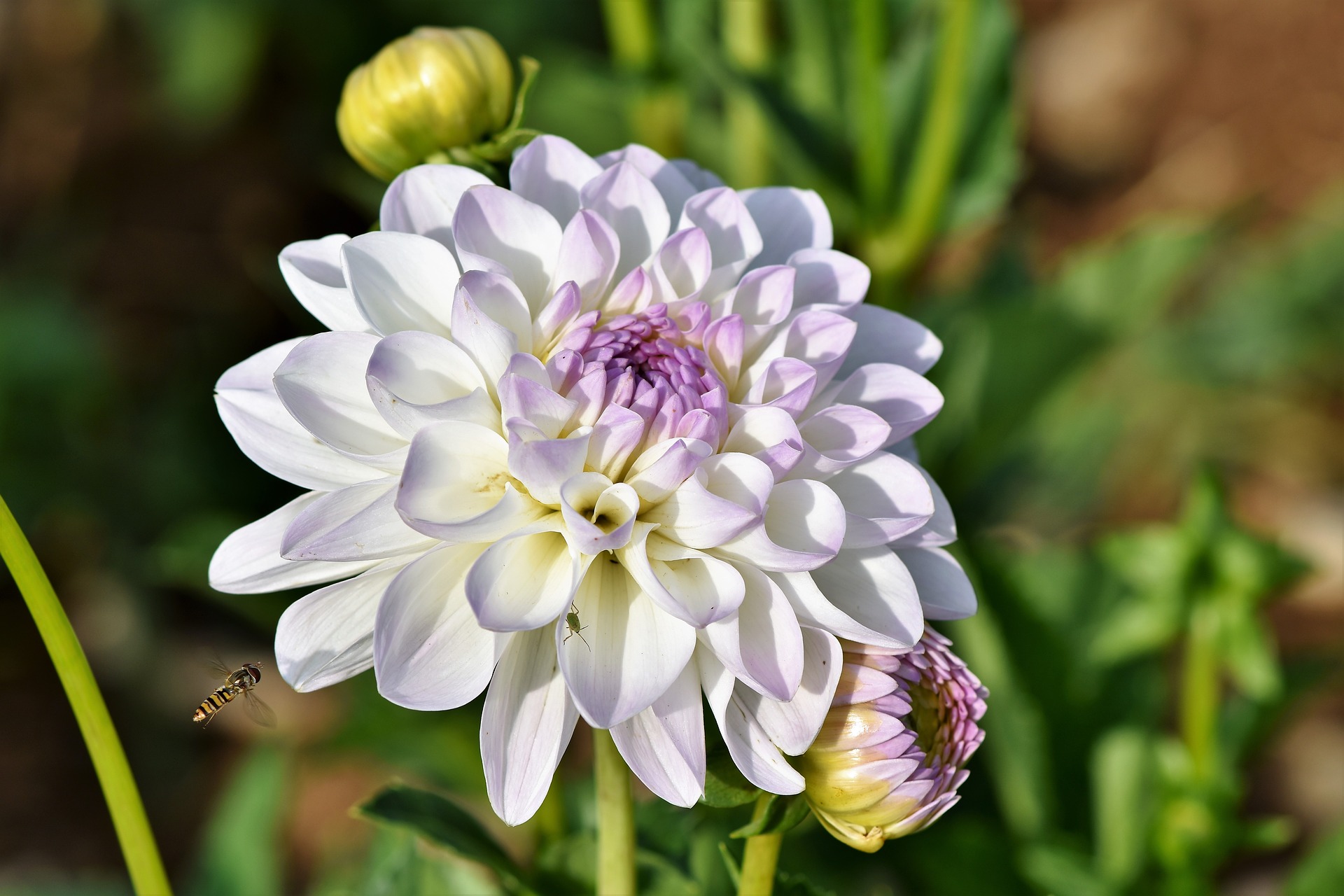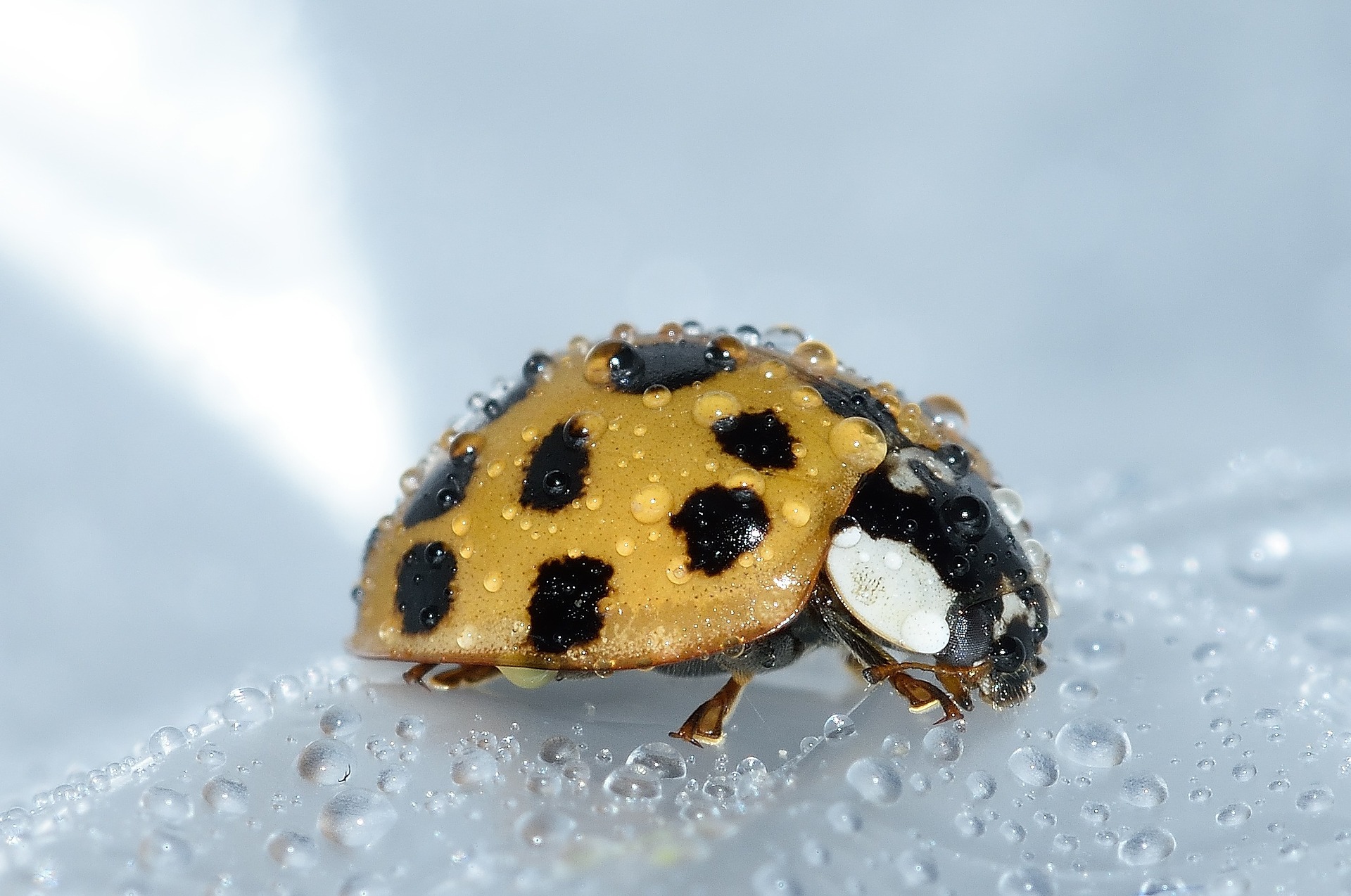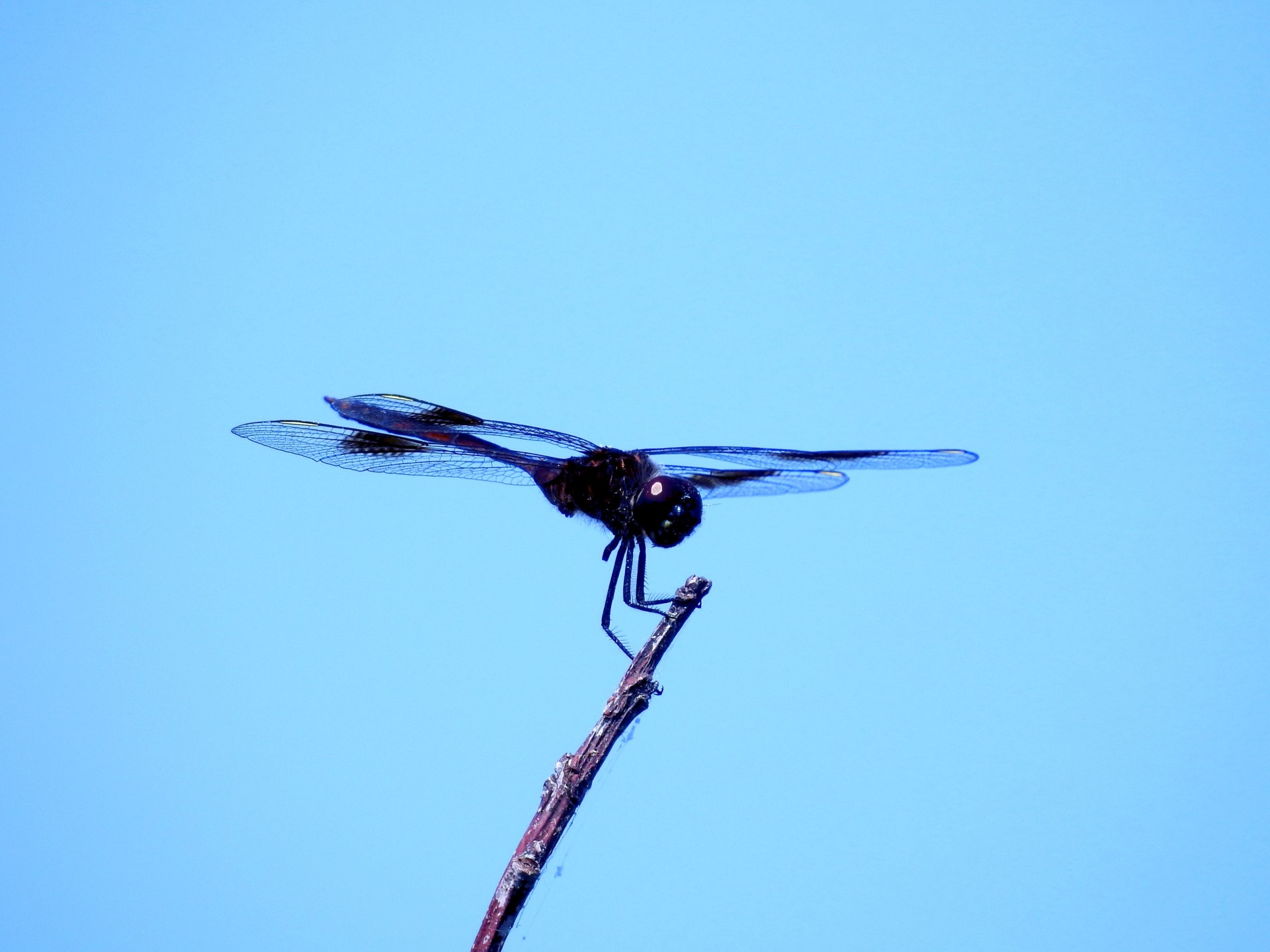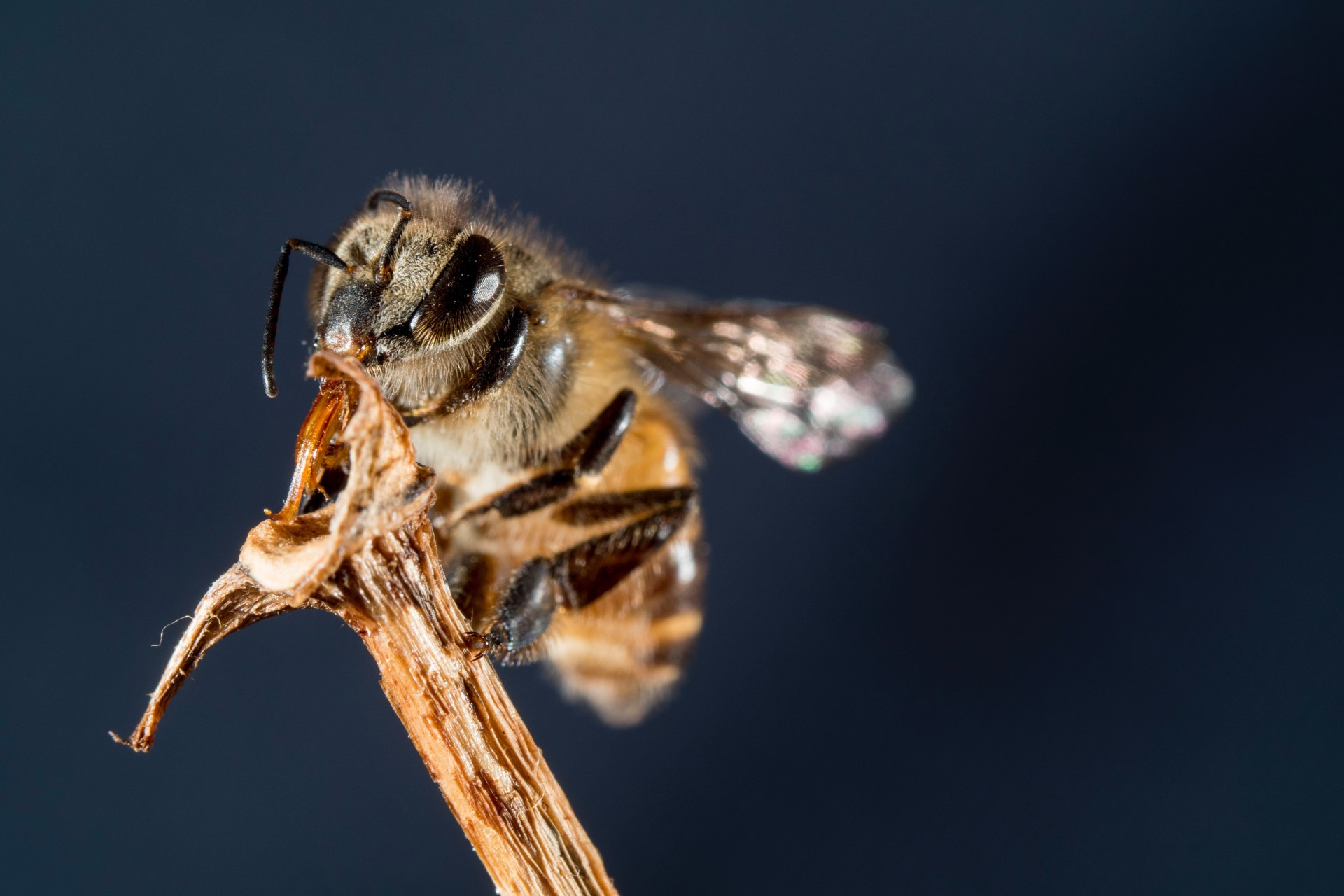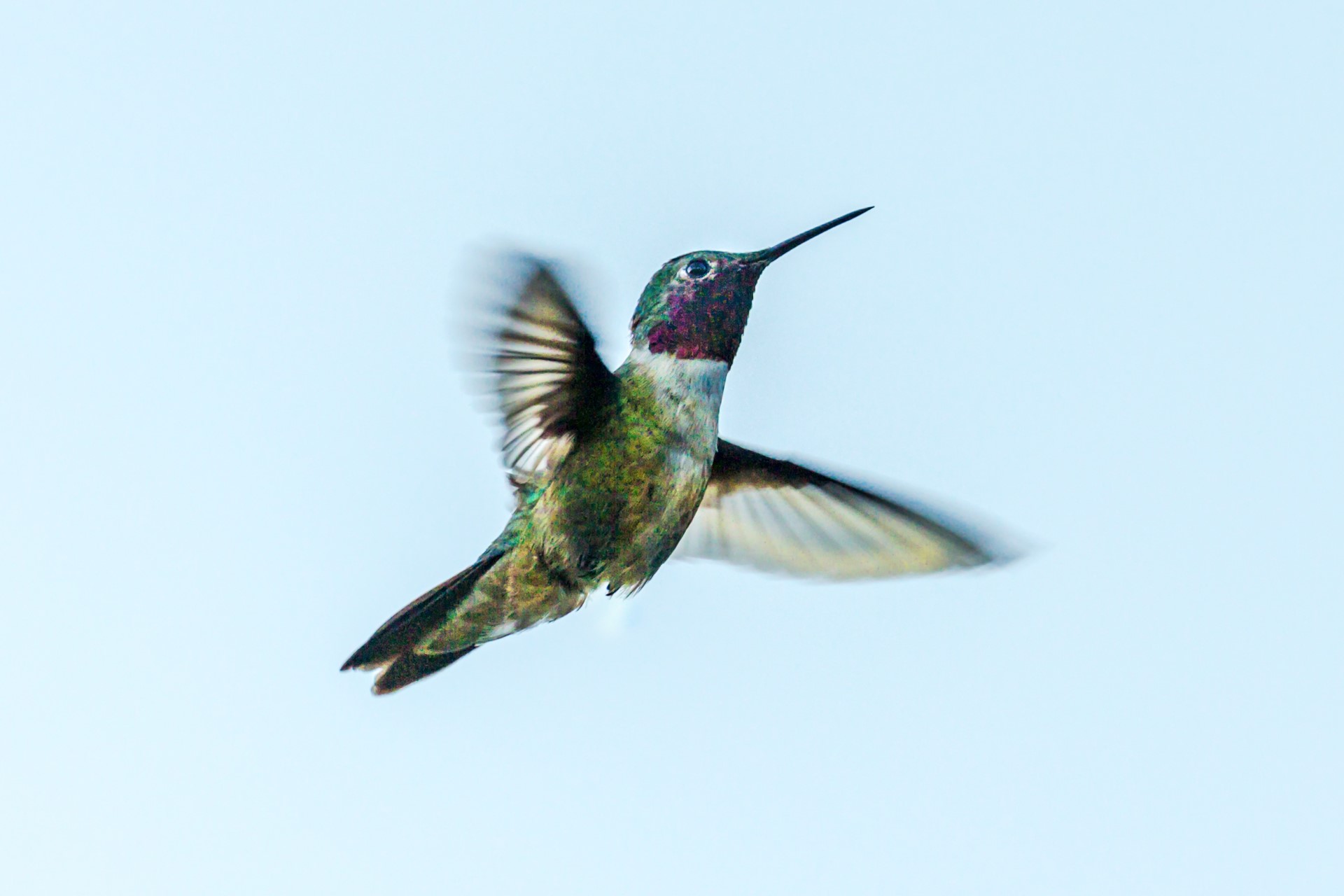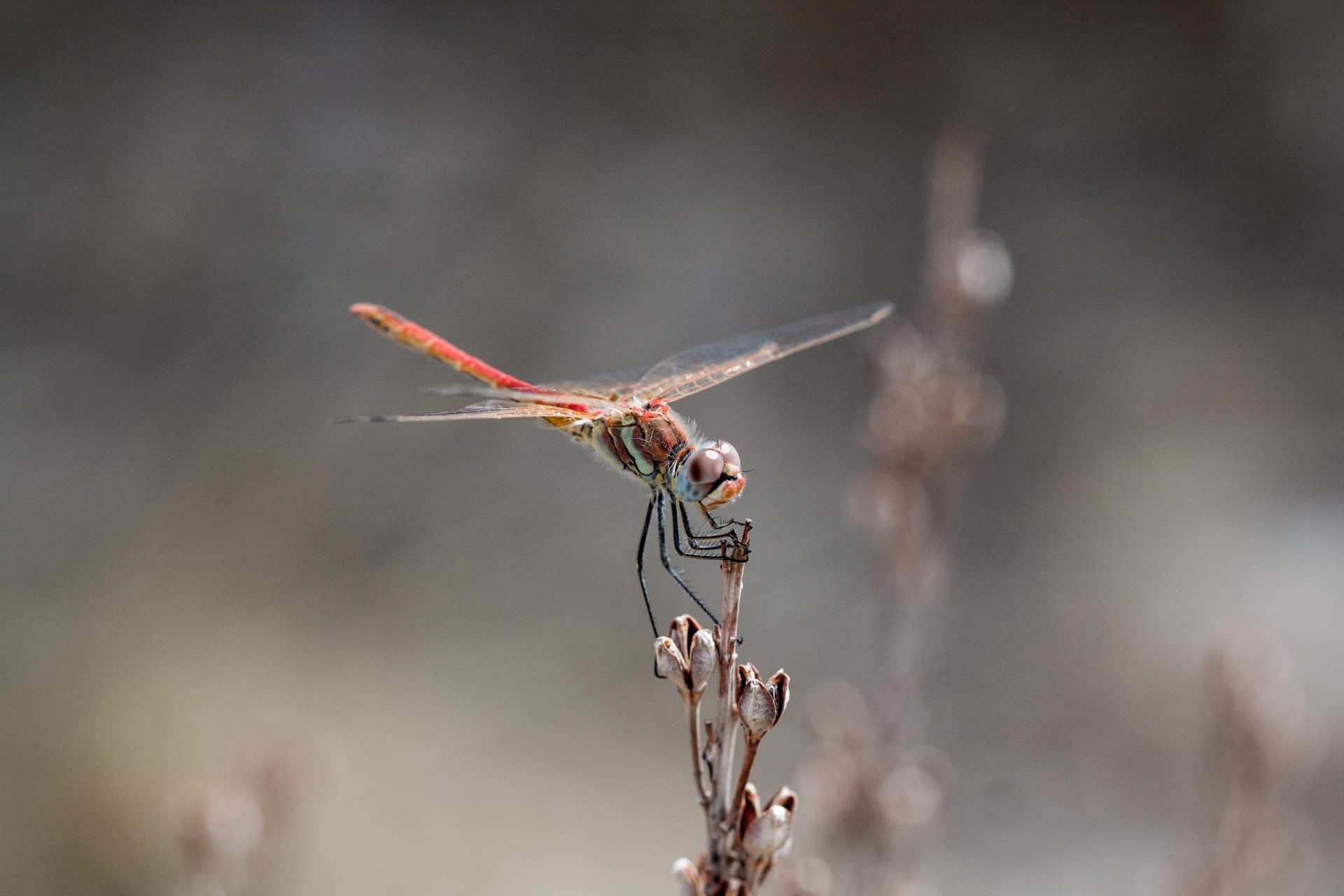Wild pollinators deserve a lot more credit when it comes to pollinating our food. They’re more prepared, they’re more effective, and their services produce better food. What more could you want?
When it comes to pollination, we instinctively give all the credit to honeybees. But those little buggers (no pun intended) don’t deserve it.
Sure, honeybees are great. We’re not into Colony Collapse Disorder, and we definitely think that the plight of the honeybee is illustrative of bigger problems in the world.
When it comes to their role in pollination, though, it’s been a bit overblown. We need to give wild pollinators their due for the sake of our environment and urban ecology, and that starts with understanding who they are and why they’re so important.

